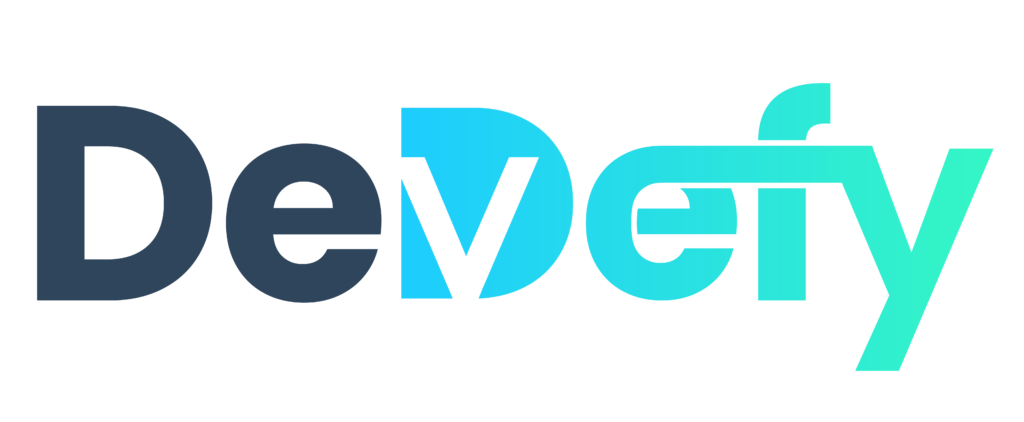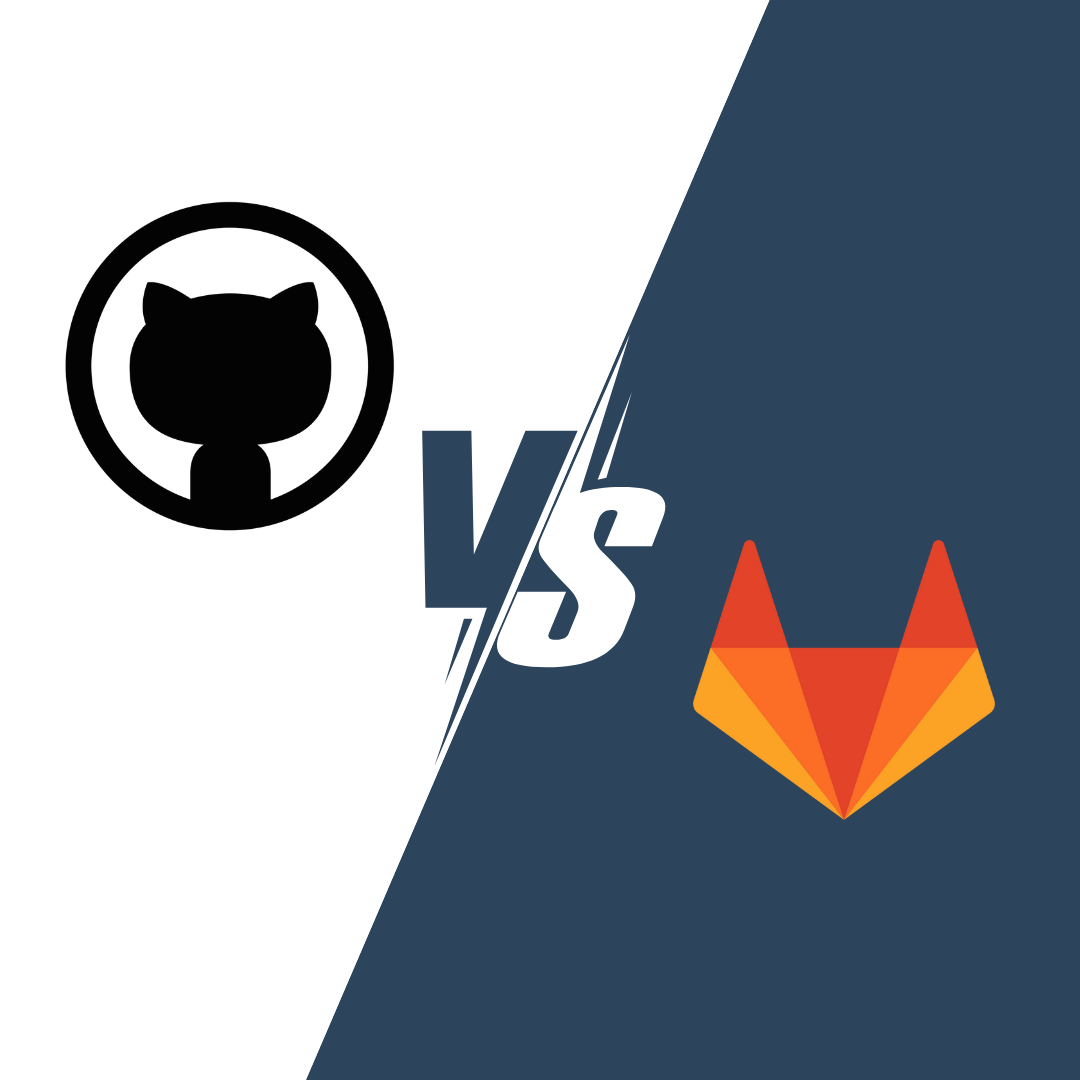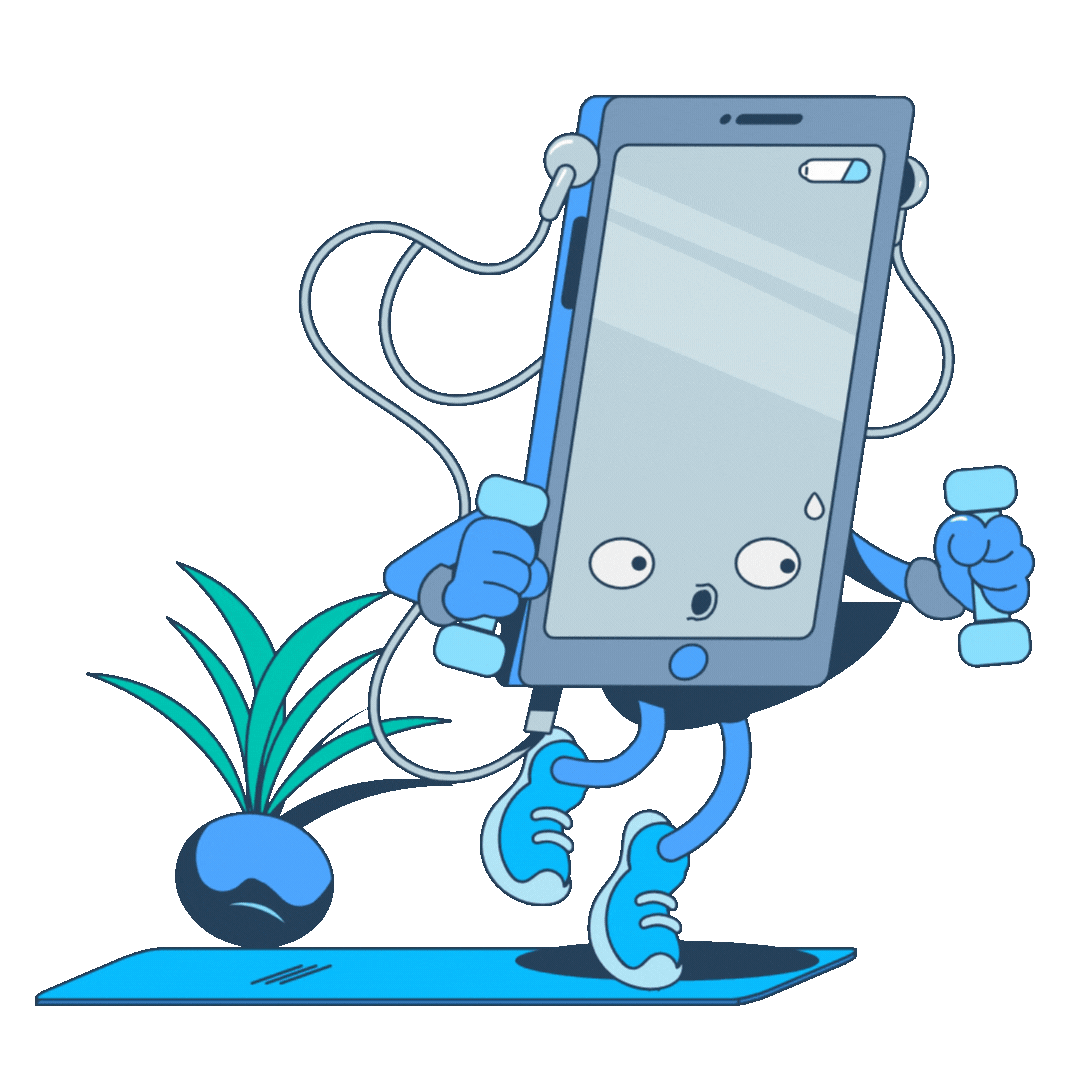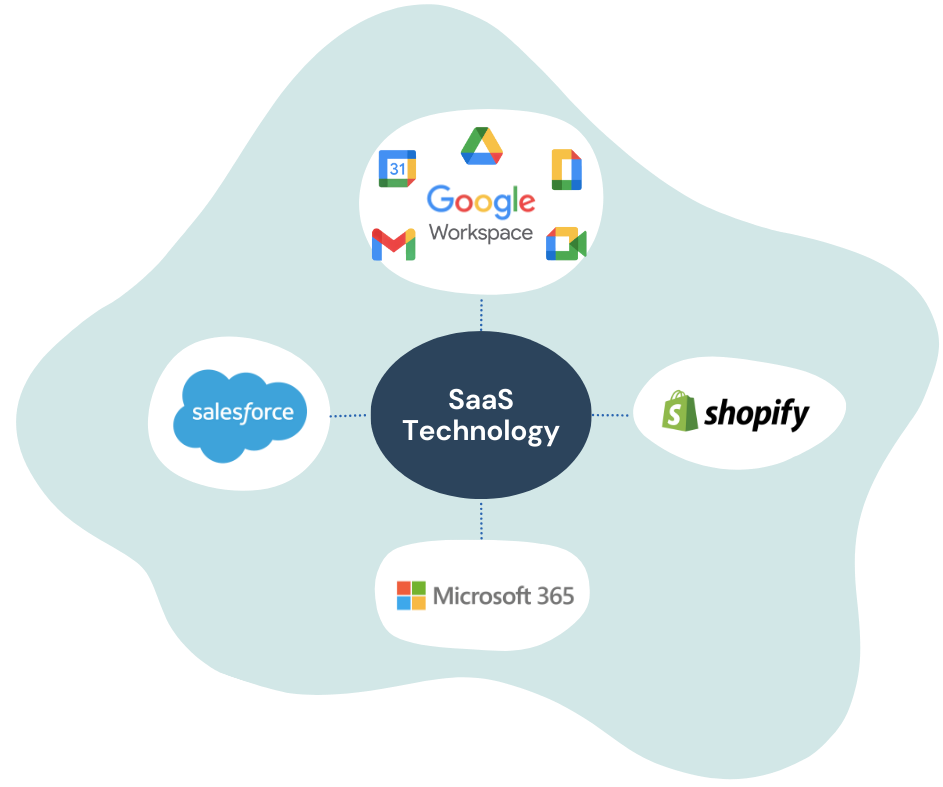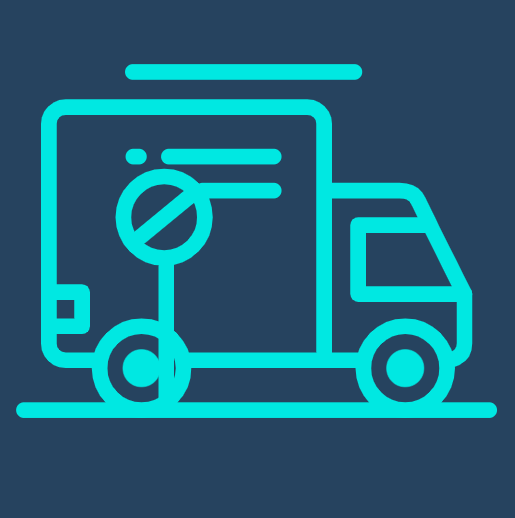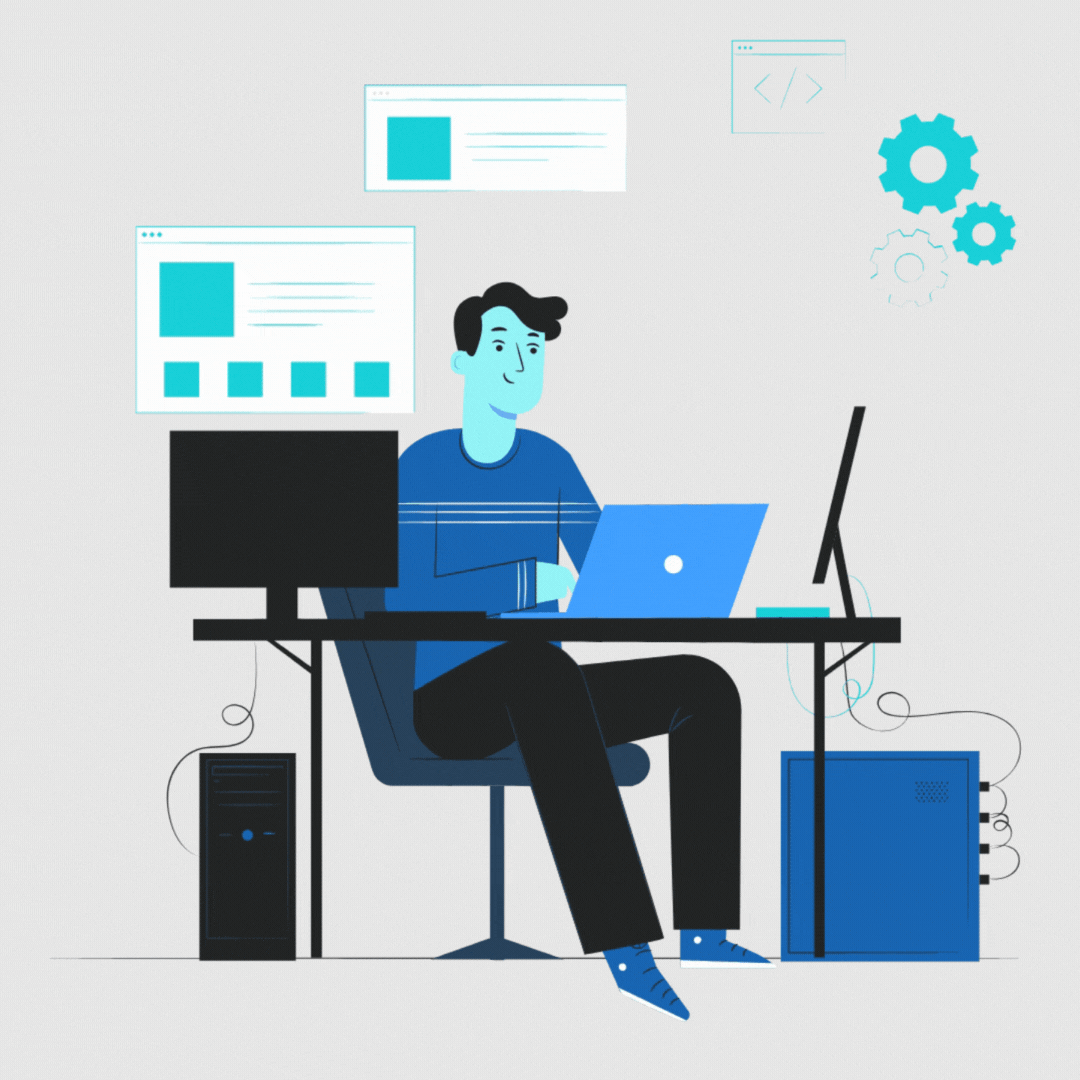
Top 5 Latest Trends in Software Development: A Glimpse of 2024
As we enter 2024, the software development industry is constantly evolving due to technological advancements, evolving user needs, and emerging paradigms. This article explores five significant trends that are shaping the software development landscape in 2024 and examines how they are being applied across different domains.
1 ) AI And Machine Learning Integration:
The integration of Artificial Intelligence (AI) and Machine Learning (ML) has been a prominent trend in software development, offering enhanced capabilities and intelligent automation. In 2024, AI and ML are not just buzzwords but integral components of software applications across industries.
Furthermore, the integration of AI and ML technologies has revolutionized how software is built, deployed, and utilized across various domains. In 2024, this trend has reached new heights, with AI-driven solutions permeating nearly every aspect of our digital ecosystem.
One notable implementation of AI and machine learning integration is in the field of healthcare, where AI-driven diagnostic systems are revolutionizing medical imaging. Advanced algorithms analyze medical images such as X-rays and MRIs with unprecedented accuracy, aiding physicians in early disease detection and diagnosis.
Advanced Data Analytics
AI and ML algorithms excel at extracting insights from vast amounts of data, enabling businesses to make data-driven decisions with unparalleled accuracy. In software development, AI-powered analytics tools are utilized to analyze user behavior, identify patterns, and anticipate future trends. These insights inform product development strategies, enabling developers to create more intuitive and personalized software solutions tailored to user needs.
Natural Language Processing (NLP)
Natural Language Processing (NLP) has emerged as a transformative technology, enabling computers to understand, interpret, and generate human language. In 2024, NLP algorithms are integrated into software applications to facilitate seamless human-computer interaction. Chatbots powered by NLP algorithms provide real-time customer support, virtual assistants understand and execute voice commands, and language translation tools bridge communication gaps across global teams, enhancing collaboration and productivity.
Predictive Analytics
Predictive analytics, powered by ML algorithms, enables software applications to forecast future outcomes based on historical data patterns. In 2024, predictive analytics is employed across various sectors, from finance and marketing to healthcare and manufacturing. For example, predictive maintenance algorithms analyze equipment sensor data to anticipate potential failures before they occur, minimizing downtime and optimizing maintenance schedules.
Personalization and Recommendation Systems
AI-driven recommendation systems have transformed how content is personalized and curated for users. By analyzing user preferences, behavior, and historical data, recommendation algorithms deliver tailored content recommendations, product suggestions, and personalized experiences. In e-commerce, recommendation systems drive sales by presenting users with relevant products based on their browsing and purchase history, enhancing user engagement and satisfaction.
Computer Vision
Computer Vision, a subset of AI, focuses on enabling computers to interpret and analyze visual information from the real world. In software development, computer vision algorithms are leveraged to automate visual tasks, such as image recognition, object detection, and facial recognition. These capabilities find applications in diverse domains, from surveillance and security to healthcare and automotive, enhancing efficiency, accuracy, and safety.
2 ) Low-Code/No-Code Development Platforms:
Low-code and no-code development platforms have gained significant traction, empowering citizen developers and accelerating the software development lifecycle. These platforms enable users with varying levels of technical expertise to create applications rapidly, without writing extensive code. Moreover, these platforms also offer intuitive visual interfaces, drag-and-drop functionality, and pre-built templates, enabling users to design, develop, and deploy applications without writing extensive code. Below are some examples of prominent low-code/no-code development platforms:
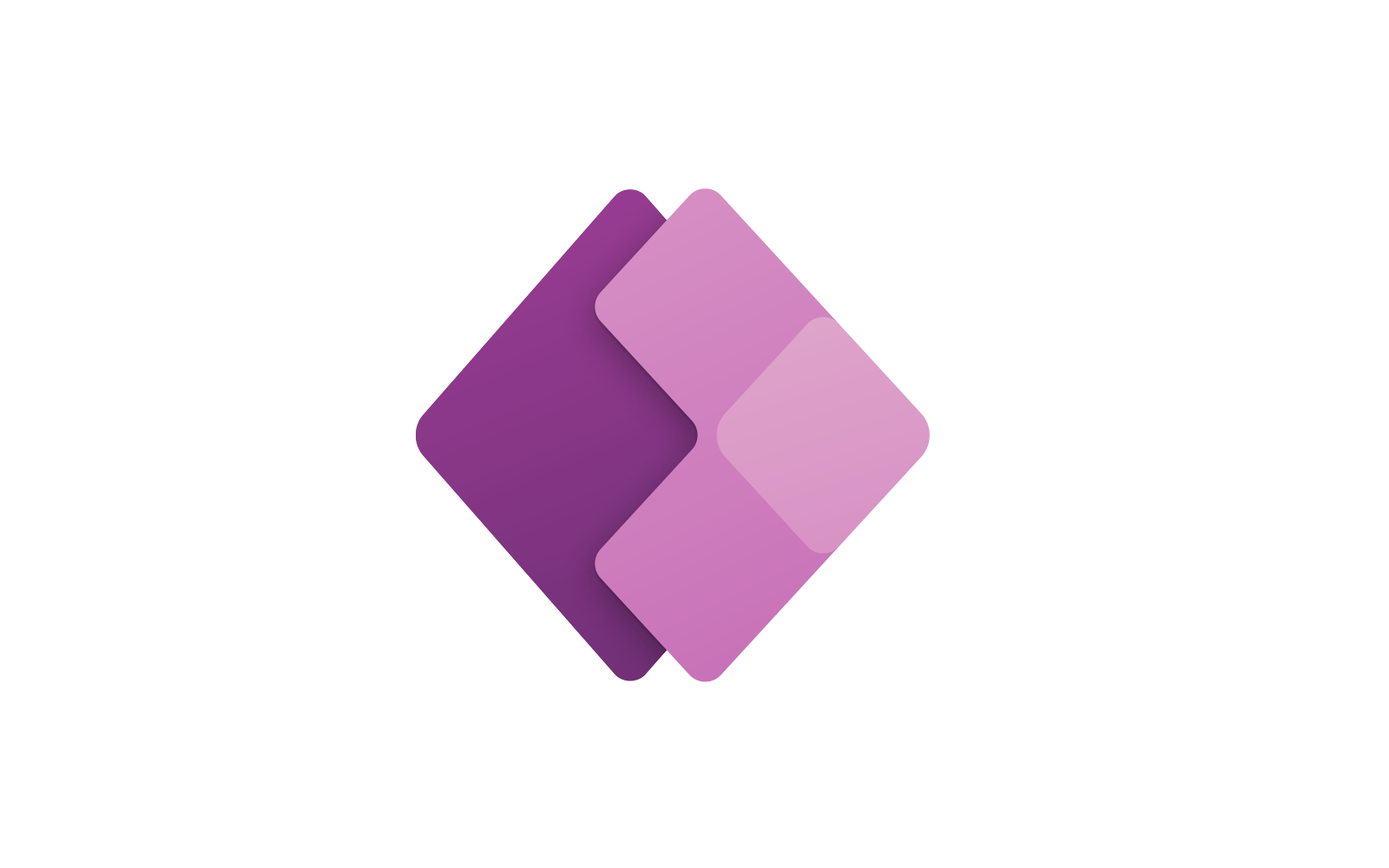
Microsoft Power Apps
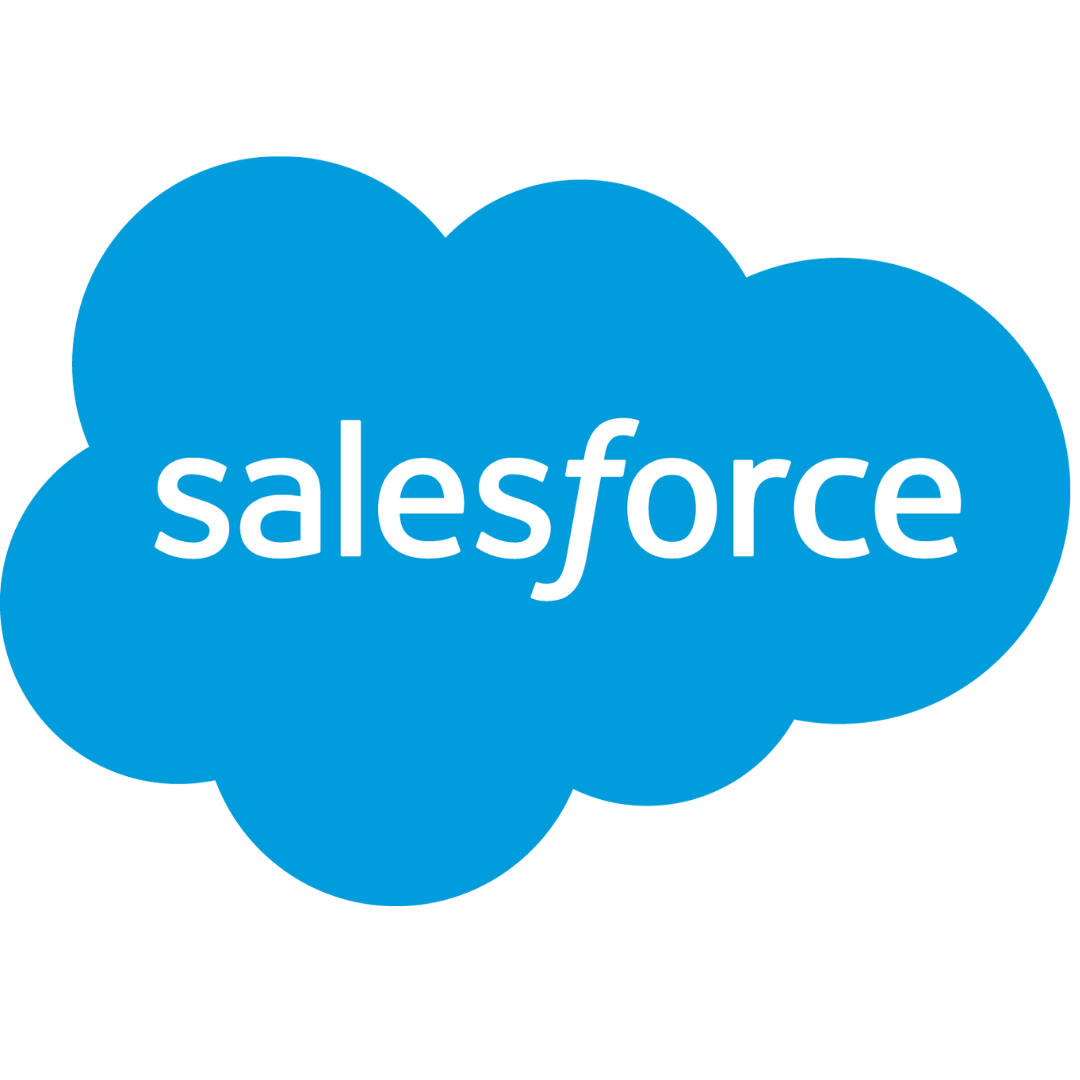
Salesforce Lightning Platform

Google App Maker (Now Deprecated)
These examples represent just a few of the many low-code/no-code development platforms available in the market today. Each platform offers its unique set of features, capabilities, and integrations, catering to the diverse needs of users across industries and domains. Moreover, as the demand for rapid application development continues to grow, low-code/no-code platforms play an increasingly vital role in accelerating digital transformation and empowering organizations to innovate and thrive in a fast-paced business environment.
To provide an example of a normalized instance in which low-code/no-code development is used, enterprises are adopting low-code platforms to streamline internal processes. For instance, HR departments utilize these platforms to develop customized employee management systems tailored to their specific needs, reducing dependency on IT resources and accelerating time-to-market.
3 ) Blockchain and Decentralized Applications (DApps)
Blockchain technology continues to disrupt traditional centralized systems, offering enhanced security, transparency, and decentralization. In 2024, the adoption of blockchain extends beyond cryptocurrencies, with the development of decentralized applications (DApps) across diverse sectors.
Understanding Blockchain Technology
At its core, a blockchain is a distributed ledger that records transactions across a network of computers in a secure, transparent, and immutable manner. Each block in the chain contains a cryptographic hash of the previous block, creating a tamper-proof record of transactions. This decentralized architecture eliminates the need for intermediaries, reduces the risk of fraud and manipulation, and enhances data integrity and trust.
Examples of Implementation
DApps find applications across diverse sectors, revolutionizing industries and business processes. Some notable use cases and implementations include:
Finance and Banking
DApps are disrupting traditional financial systems by enabling peer-to-peer transactions, decentralized lending and borrowing, and tokenized asset management. Decentralized finance (DeFi) platforms built on blockchain enable users to access financial services without relying on traditional banks or intermediaries.
Supply Chain Management
DApps enhance transparency, traceability, and accountability in supply chains by recording every transaction on a blockchain ledger. From raw material sourcing to product delivery, stakeholders can track the entire supply chain journey in real-time, mitigating the risk of fraud, counterfeit goods, and unethical practices.
Supply chain management is witnessing the integration of blockchain technology to ensure transparency and traceability. By recording every transaction on an immutable ledger, stakeholders can track the journey of products from manufacturer to consumer, mitigating the risk of counterfeit goods and enhancing trust.
Digital Identity and Authentication:
DApps empower individuals to control their digital identities and personal data securely. Self-sovereign identity solutions built on blockchain enable users to verify their identity without relying on centralized authorities, reducing the risk of identity theft and data breaches.
4 ) Edge Computing and IoT Integration:
With the proliferation of Internet of Things (IoT) devices, edge computing has emerged as a critical trend in software development. Edge computing enables processing and analysis of data closer to the source, reducing latency and enhancing real-time decision-making capabilities.
An example of a scenario where this would be implemented is when smart cities leverage edge computing and IoT integration to optimize urban infrastructure. Traffic management systems equipped with IoT sensors collect real-time data on traffic flow, pedestrian movement, and environmental conditions. Edge computing processes this data locally, enabling authorities to optimize traffic signals, improve public safety, and reduce congestion. Edge computing and IoT integration have an increasing number of benefits contributing to its growth in 2024, some of the benefits are as follows:
Reduced Latency:
By processing data locally at the edge of the network, edge computing minimizes latency and ensures faster response times, critical for applications requiring real-time insights and actions, such as autonomous vehicles, industrial automation, and augmented reality.
Bandwidth Optimization:
Edge computing reduces the need to transmit large volumes of raw data to centralized servers or the cloud, thereby optimizing bandwidth usage and reducing network congestion. Only relevant, processed data is transmitted to higher-level systems, conserving bandwidth and reducing costs.
Improved Reliability:
Edge computing enhances the reliability and resilience of IoT applications by reducing dependency on centralized infrastructure. Edge nodes can continue to operate autonomously, even in the event of network disruptions or connectivity issues, ensuring uninterrupted data processing and decision-making.
Data Privacy and Security:
By processing sensitive data locally at the edge, organizations can address privacy concerns and comply with data protection regulations. Edge computing enables data to be processed and analyzed within the confines of the local network, reducing the risk of data exposure or unauthorized access.
5 ) Cyber Security By Design
In the wake of escalating cyber threats, cybersecurity has evolved from an afterthought to a fundamental aspect of software development. In 2024, cybersecurity is integrated into the development process from the outset, adopting a proactive approach to threat mitigation. Here are some examples of Cybersecurity by Design principles applied in various contexts:
Secure Development Practices
A software development team integrates security features directly into the codebase of a new mobile banking application. They implement secure coding practices such as input validation to prevent injection attacks, encryption to protect sensitive data at rest and in transit, and role-based access controls to ensure that users only have access to the data and functionalities they need.
Risk Assessment and Management
A healthcare organization conducts a thorough risk assessment of its electronic health record (EHR) system. They identify potential security threats such as unauthorized access to patient records, data breaches, and ransomware attacks. Based on the risk assessment findings, they prioritize security measures such as encryption of patient data, implementation of multi-factor authentication, and regular security audits to mitigate these risks.
Secure Configuration and Hardening:
A cloud service provider configures its infrastructure according to industry best practices and security standards. They use automated tools to perform regular security scans and vulnerability assessments, apply security patches and updates promptly, and enforce strict access controls to prevent unauthorized access to sensitive data stored in the cloud.
Continuous Security Testing and Monitoring:
An e-commerce platform employs continuous security testing and monitoring to detect and respond to security threats in real-time. They use intrusion detection systems (IDS), security information and event management (SIEM) solutions, and security analytics tools to monitor network traffic, identify suspicious activities, and alert security teams to potential security incidents.
Secure Deployment and DevSecOps:
A software development team embraces DevSecOps practices to integrate security into every stage of the software development lifecycle. They use automated security testing tools to scan code for vulnerabilities, implement security controls such as encryption and access controls, and automate security compliance checks to ensure that security requirements are met before deploying new features or updates.
Conclusion
As we navigate through 2024 and beyond, these trends will continue to shape the landscape of software development, driving innovation, efficiency, and user-centric solutions across diverse domains. Therefore, Embracing these trends equips organizations with the tools and capabilities to thrive in an increasingly digital world, fostering agility, resilience, and competitive advantage in the ever-evolving market.
